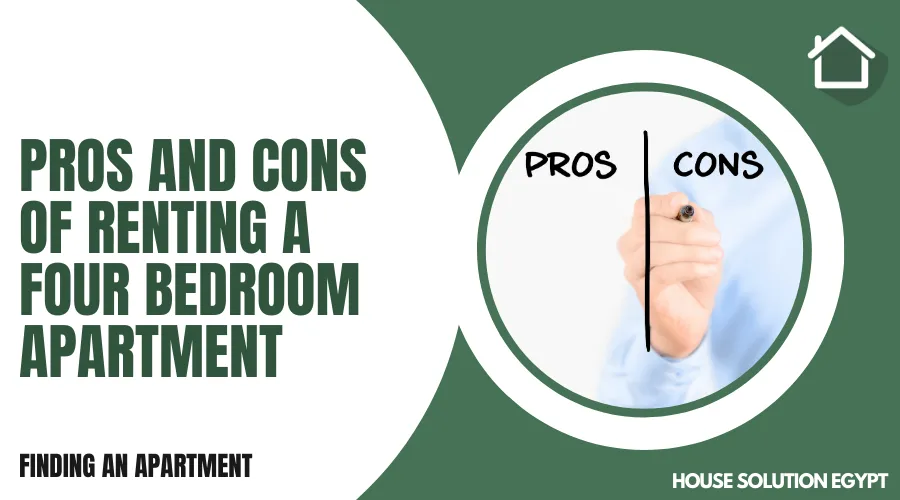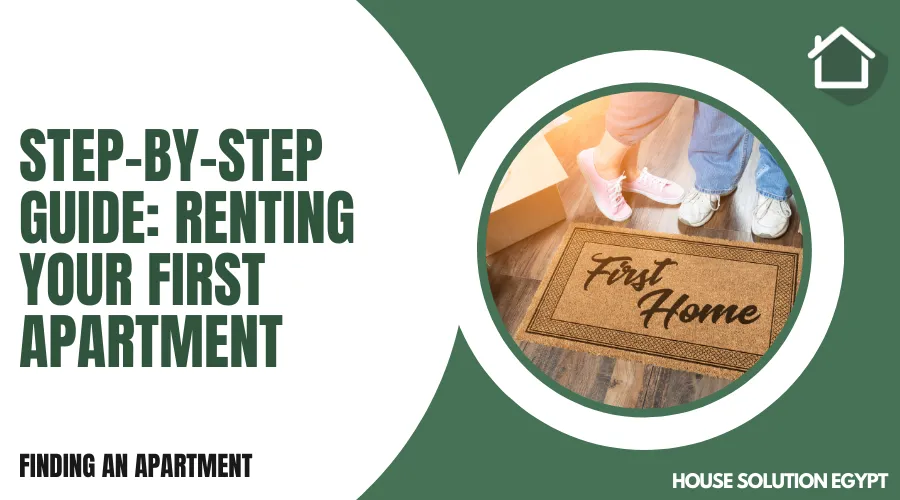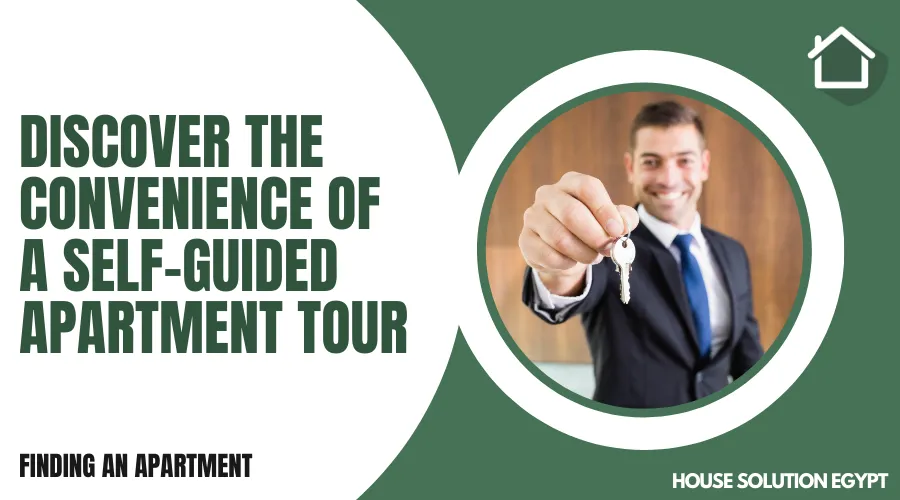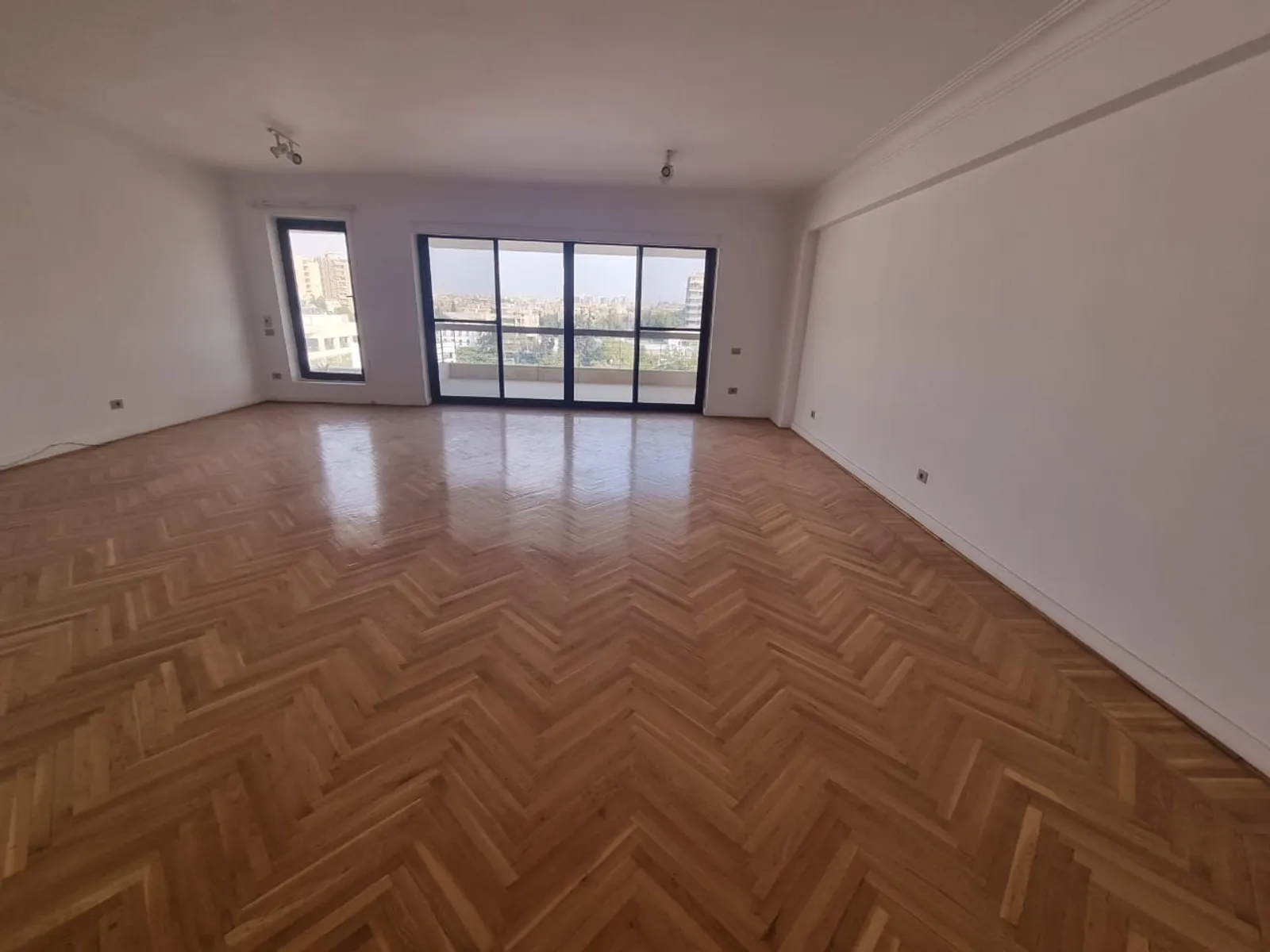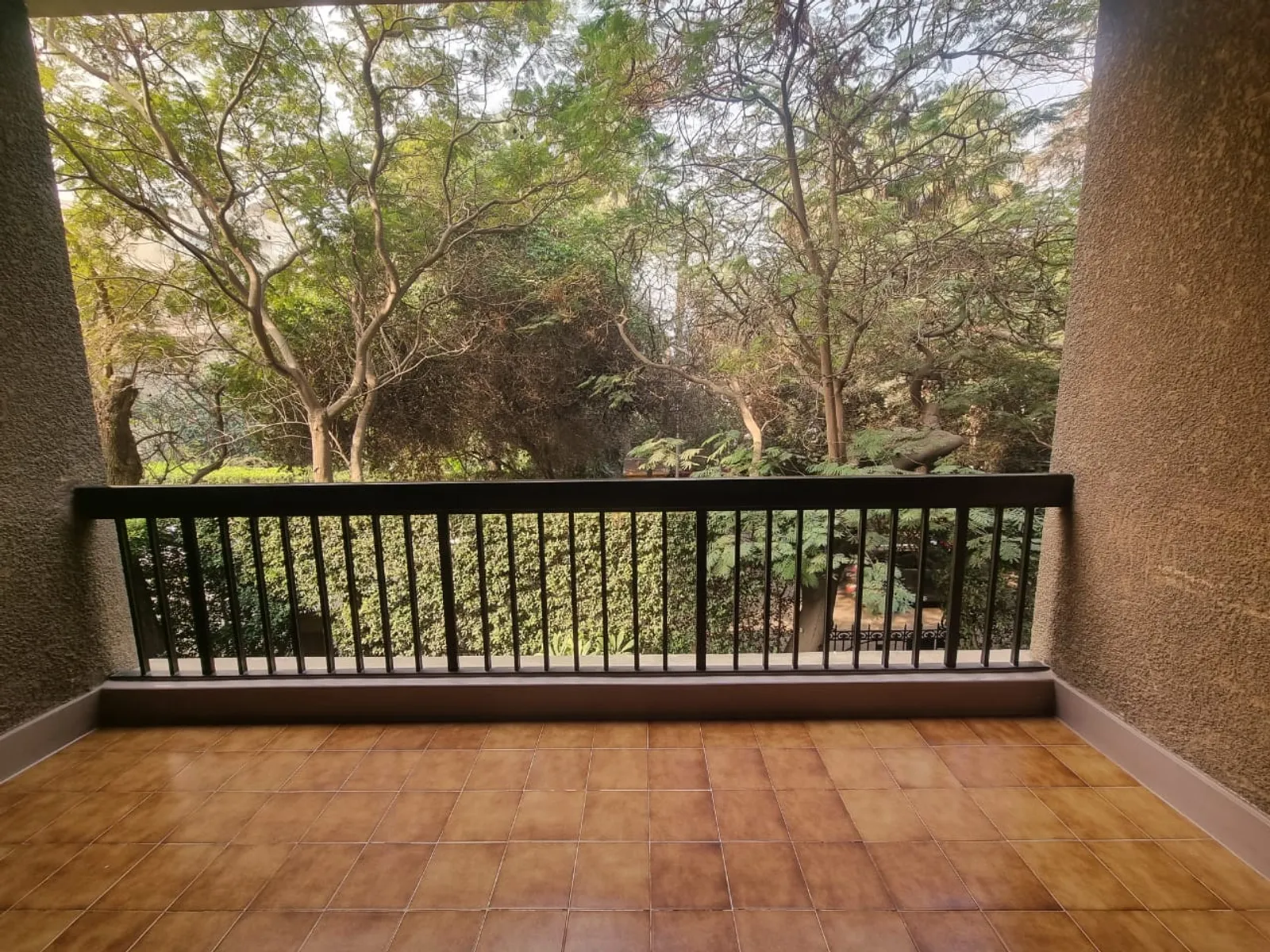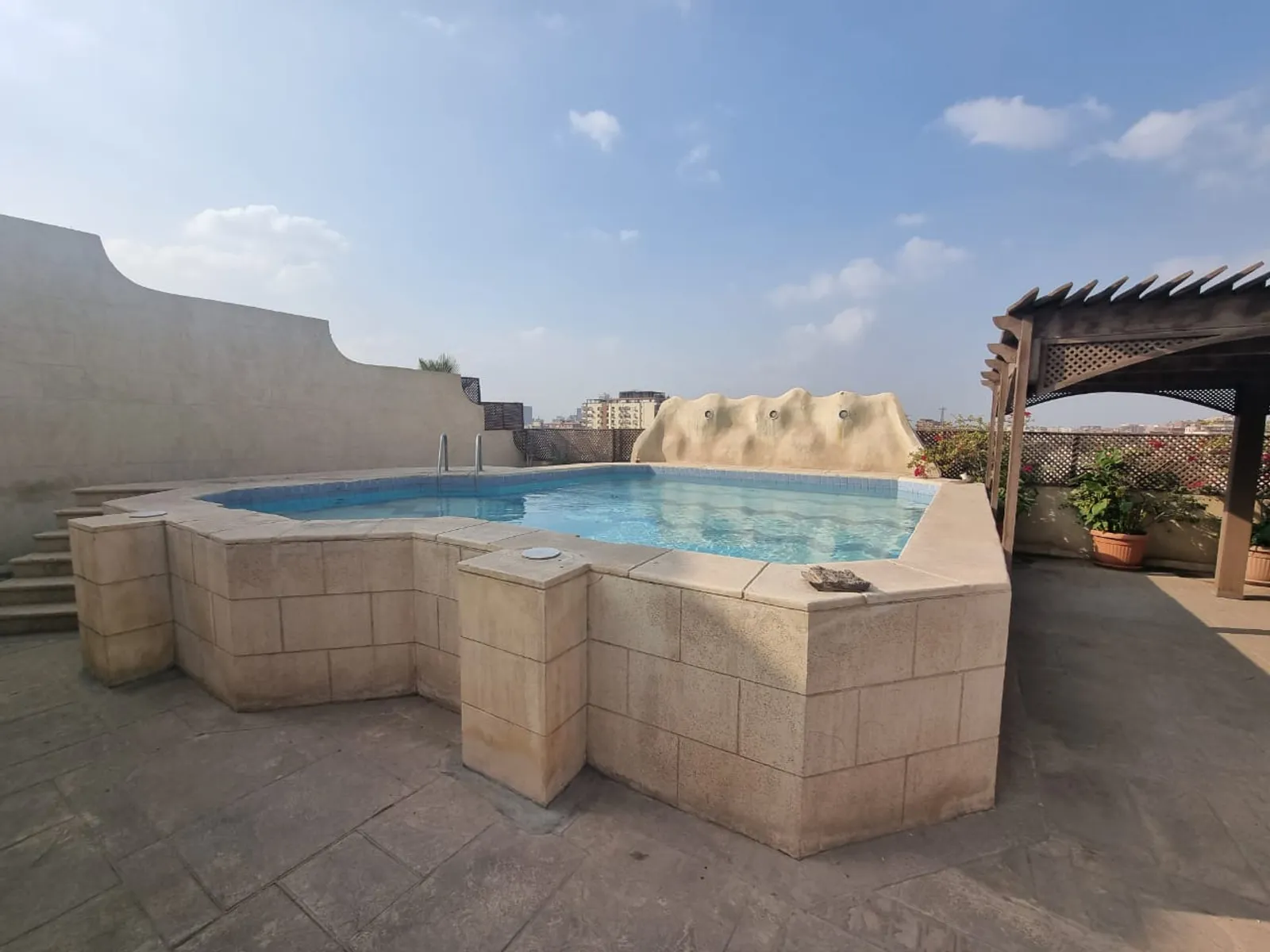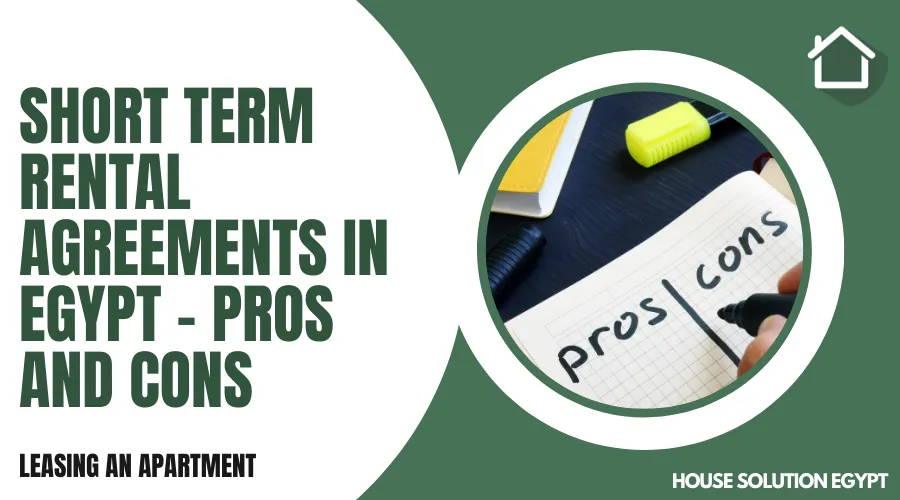LEARN MORE ABOUT DIFFERENT VARIATIONS IN APARTMENT BUILDINGS
Finding an Apartment|5.2 MIN READ|Updated on: 14 December 2024|Written by: Marwa Samir
When it comes to apartment buildings, there are many different variations to consider. From high-rise buildings in urban areas to low-rise buildings in suburban neighborhoods, each type of building offers unique benefits and drawbacks. One major factor that can vary between apartment buildings is the overall layout of the units themselves. Some buildings may feature studio or one-bedroom apartments while others offer two or three-bedroom options.
Another aspect that can differ between apartment buildings is the amenities offered on-site. For example, some buildings may have a fitness center or pool while others do not. Additionally, some apartments may come fully furnished while others require tenants to bring their own furniture. Another important consideration when choosing an apartment building is its location relative to nearby stores and attractions. Depending on your priorities and lifestyle, certain locations may be preferable to others.
Understanding the various types of apartment buildings available can help you make an informed decision when searching for a new place to live. By weighing factors such as unit layout, amenities offered, and location before making a decision, you can increase your chances of finding an apartment building that meets all of your needs and preferences.
What to Know
When it comes to apartment buildings, there are various types that you should know about. Understanding the differences between each type can help you decide which one is best for your needs and preferences. One of the most common types is the high-rise apartment building, which typically has ten or more floors and offers stunning views of the surrounding area. Another popular option is a mid-rise building that usually ranges from five to nine stories high.
Aside from high-rise and mid-rise buildings, there are also low-rise apartments that typically have no more than four floors. These structures offer easy access to outdoor spaces such as gardens or patios while still providing a sense of privacy for residents. Additionally, some apartment buildings have mixed-use components where retail stores or offices occupy space on the ground floor while residential units are located above.
It's important to consider whether an apartment building is classified as luxury or affordable housing since this will impact your living experience in terms of amenities, services, and rent prices. Knowing these different variations in apartment buildings can give you a better idea of what to expect when searching for your next home.
Types of Apartment Buildings
1. High-rise apartments are some of the most popular types of apartment buildings worldwide. They have more than 10 floors and often offer breathtaking views of the city skyline, downtown areas, or even natural scenery. The higher you go up in a high-rise apartment building, the more expensive it is to rent, but many people choose them for their convenience and luxurious amenities.
2. Low-rise apartments are typically between two and six stories tall with fewer elevators compared to high-rise buildings. These types of apartment buildings usually have gardens or lawns that residents can enjoy as well as balconies or patios that provide a private outdoor oasis away from city life.
3. Mid-rise apartments are taller than low-rises but shorter than high-rises, usually between six and ten stories tall. They offer an excellent balance between luxury living in larger spaces with affordable prices compared to high-rises while still having great views of the surrounding areas.
There are also other classifications such as garden-style apartments which have one-story buildings with outdoor patios; duplexes which consist of two separate living units arranged vertically; and converted housing units such as lofts or warehouses turned into residential spaces that offer unique designs elements not found in traditional apartment buildings.
Advantages and Disadvantages
Advantages of Living in Apartment Buildings
Living in an apartment building has plenty of advantages. For one, it offers a sense of community since you are living in close proximity to other people. This can help foster relationships and provide a social life that may not be possible if you lived far away from others. Additionally, apartment buildings often come with amenities like swimming pools, fitness centers, or rooftop terraces that may be difficult to afford or maintain on your own.
Another advantage is the added security that comes with living in an apartment building. Many buildings have controlled access entries and 24-hour security personnel on-hand for added peace of mind. Living in an apartment also means less maintenance work for you since there is typically maintenance staff available to take care of issues like plumbing problems or general upkeep.
Disadvantages of Living in Apartment Buildings
While there are plenty of benefits to living in an apartment building, there are also some drawbacks to consider. One major disadvantage is the lack of privacy compared to living in a standalone home. You may hear your neighbors’ conversations or footsteps above you which can be bothersome at times.
Another common issue is the limited storage space available in most apartments which might make it challenging if you have a lot of belongings.
Costs and Amenities
When looking for an apartment, it's essential to consider both the costs and amenities that come with it. Different variations of apartment buildings have various expenses to factor in. For instance, a high-rise building will be more expensive than a low-rise one due to its location and overall design. The cost of rent can also vary depending on the size of the unit or the number of bedrooms available.
Apart from costs, tenants must look at amenities offered by different variations in apartment buildings before signing up for a lease. Amenities may include access to laundry facilities, swimming pools, gyms, game rooms, or community centers among others. Tenants should prioritize their needs concerning these amenities since they are likely to pay extra for them.
Security is also another crucial aspect that tenants cannot afford to overlook when choosing an apartment building variation. Some apartments may have security personnel in place 24/7 while others have surveillance cameras installed throughout the complex; whatever option you choose should give you peace of mind whenever you're at home or away from your unit.
Design and Layout
One of the most important aspects of designing and laying out an apartment building is maximizing space. This can be done in a variety of ways, such as incorporating open floor plans and maximizing natural light through large windows. Another consideration when designing an apartment building layout is privacy for residents. This can be achieved through thoughtful placement of walls and doors, as well as careful consideration of shared spaces like hallways.
Another variation in apartment buildings is the incorporation of amenities. Amenities can range from simple features like laundry facilities to more luxurious offerings like fitness centers, pools, and rooftop lounges. The inclusion of these amenities not only enhances the living experience for residents but also serves as a selling point to attract potential renters or buyers. When it comes to design, these amenities must be carefully planned and integrated into the overall layout to ensure maximum efficiency and enjoyment for all residents.
Location Considerations
When choosing an apartment, location is a crucial factor to consider. The neighborhood should be safe, have good transport links and offer amenities such as supermarkets, restaurants and parks. However, it's important to also think about the type of apartment building that you want to live in. Different variations can affect your quality of life in different ways.
For example, high-rise buildings may offer stunning views and modern facilities like swimming pools or gyms. However, they can also be noisy and crowded. Mid-rise apartments tend to provide more privacy and peace but may not have as many amenities. Low-rise apartments usually offer a quieter environment but with fewer views.
Another factor is the age of the building. Older buildings may have more character and charm but could also suffer from maintenance issues or lack modern conveniences like air conditioning or elevators. On the other hand, newer buildings are likely to have better insulation against noise pollution and energy efficiency features.
Overall, when it comes to location considerations in apartment hunting, it's essential to weigh all factors carefully before making a decision that will impact your daily life for months or even years ahead.
Conclusion: Making the Right Choice
In conclusion, choosing the right apartment building can be a daunting task, but it is essential to take time and consider all factors before making a decision. Different variations in apartment buildings may offer different amenities, such as swimming pools, gyms, or parking spaces. It's important to determine which of these facilities are necessary for your lifestyle and will add value to your living.
Another crucial factor to keep in mind when selecting an apartment building is located. Depending on personal preferences or work location, some neighborhoods may be more desirable than others. Proximity to essential services such as hospitals, schools, or grocery stores should also be taken into account.
Ultimately, finding the perfect apartment building comes down to balancing all of these factors while staying within your budget. Take time to research each option thoroughly and visit multiple locations before making a final decision. By doing so, you'll have confidence that you've made the best choice possible for your situation and lifestyle needs.
